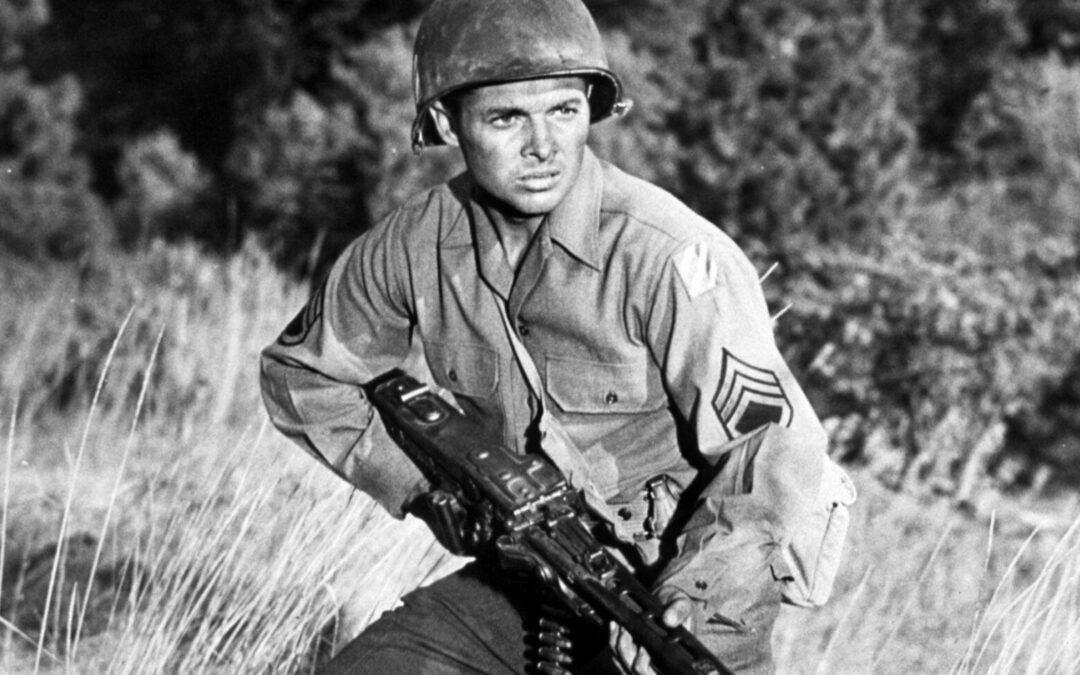I was honored to serve when my country called on me. I really didn’t think they would draft me. I was hoping to get some college behind me to have more options. I did not have good grades in school; my dad had me working at “The Big Cone” fast food restaurant, which we owned when I was fourteen to sixteen years old, so I didn’t have time to study; it was after school every day till 10 pm and every weekend. At seventeen, on September 8, 1968, I was in a single-car crash that claimed four friends: Max Pearson, Mickey Rushing, Nancy Ingram, and Kathy Lewis. I was not driving, and Mickey was driving. I was the only survivor. I made no plans to avoid the draft; in fact, I thought I would not be accepted, even if I tried to enlist, because of my injuries, both physical and mental, from the accident. What a miscalculation on my part! I believe I went through BCT and AIT with a compression fracture at the eighth thoracic vertebra from the car crash less than three years earlier. The crash and injuries are clearly documented on my entrance physical exam. I guess it was true that “All you need is a trigger finger.” Project 100,000, also known as McNamara’s Misfits or McNamara’s Morons, was a DOD program in the 1960s to recruit soldiers who would previously have been below military physical and mental standards. The number mobilized was 320,000-354,000, and they died at three times the rate of others serving in Vietnam. The program ended in December 1971.










